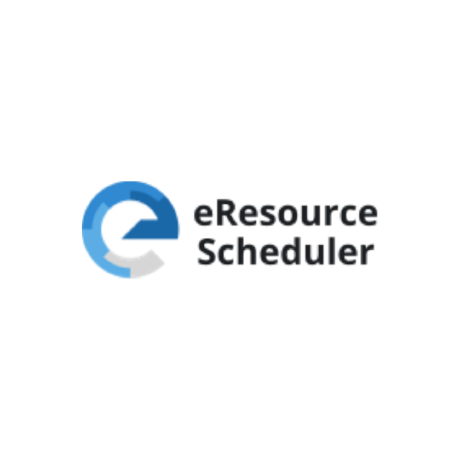
Articles
Why Does Tracking Time Still Feel Like Guesswork in a Digital World?

Share this post
Even in a world obsessed with data, time, the most measurable resource of all, still slips through the cracks. Despite a flood of tools promising accuracy, many organizations struggle to track how work hours translate into real productivity. The issue isn’t the lack of data; it’s the lack of visibility, context, and connection between effort and outcomes.
What makes time tracking so complicated today?
For many teams, time tracking has evolved from paper logs to timesheet software. Yet the pain points remain eerily familiar.
- Fragmented systems: When time data lives separately from project schedules or task management tools, it loses meaning.
- Manual entry fatigue: Professionals often log time retrospectively, relying on memory rather than real activity, a guaranteed accuracy killer.
- Overlapping priorities: With hybrid work and multitasking becoming the norm, it’s rarely clear which hours belong to which initiative.
How does poor time visibility affect resource management?
Resource management thrives on precision. When time data is fuzzy:
- Teams may look “fully booked” but still operate below optimal efficiency.
- Without reliable historical data, predicting future capacity or project timelines becomes a guessing game.
- For service firms, untracked hours translate directly into lost revenue.
This disconnect often surfaces when resource scheduling software isn’t linked to timesheet software, meaning planned work and actual time spent don’t talk to each other. The result? Leaders plan in one system and measure in another, leaving insights scattered.
How can automation improve team utilization and accuracy? Automated tracking tools have moved beyond simple timers. Today’s systems capture activity contextually, integrating calendars, project dashboards, and workload views to minimize manual effort. The goal isn’t surveillance; it’s transparency.
When automation links with scheduling and resource management data, organizations gain:
- Real-time utilization insights instead of post-project surprises.
- Predictive analytics that flag potential bottlenecks before they hit deadlines.
- Data-driven capacity planning that adjusts dynamically as priorities shift.
What does the future of time tracking look like?
The next wave of innovation focuses on contextual intelligence, where time tracking blends invisibly into daily workflows. Imagine systems that automatically tag meetings, code commits, or client calls to projects without manual input.
Future-ready organizations will treat time data as a strategic asset, integrating it across scheduling, forecasting, and financial reporting. Instead of asking “Who worked how long?”, they’ll ask “What value did that time create?”
Frequently Asked Questions
1. Why is manual time entry still common in digital teams?
Because many legacy processes and billing systems weren’t designed for hybrid work. Teams often revert to manual logs out of habit or compliance needs.
2. How does integrated resource scheduling software solve this issue?
It connects planned assignments with actual timesheets, ensuring every booked hour is accounted for, automatically and accurately.
3. What’s the first step toward smarter time tracking?
Audit your current workflow. Identify where time data gets lost or duplicated, then invest in systems that unify scheduling, tracking, and reporting into one workflow.


